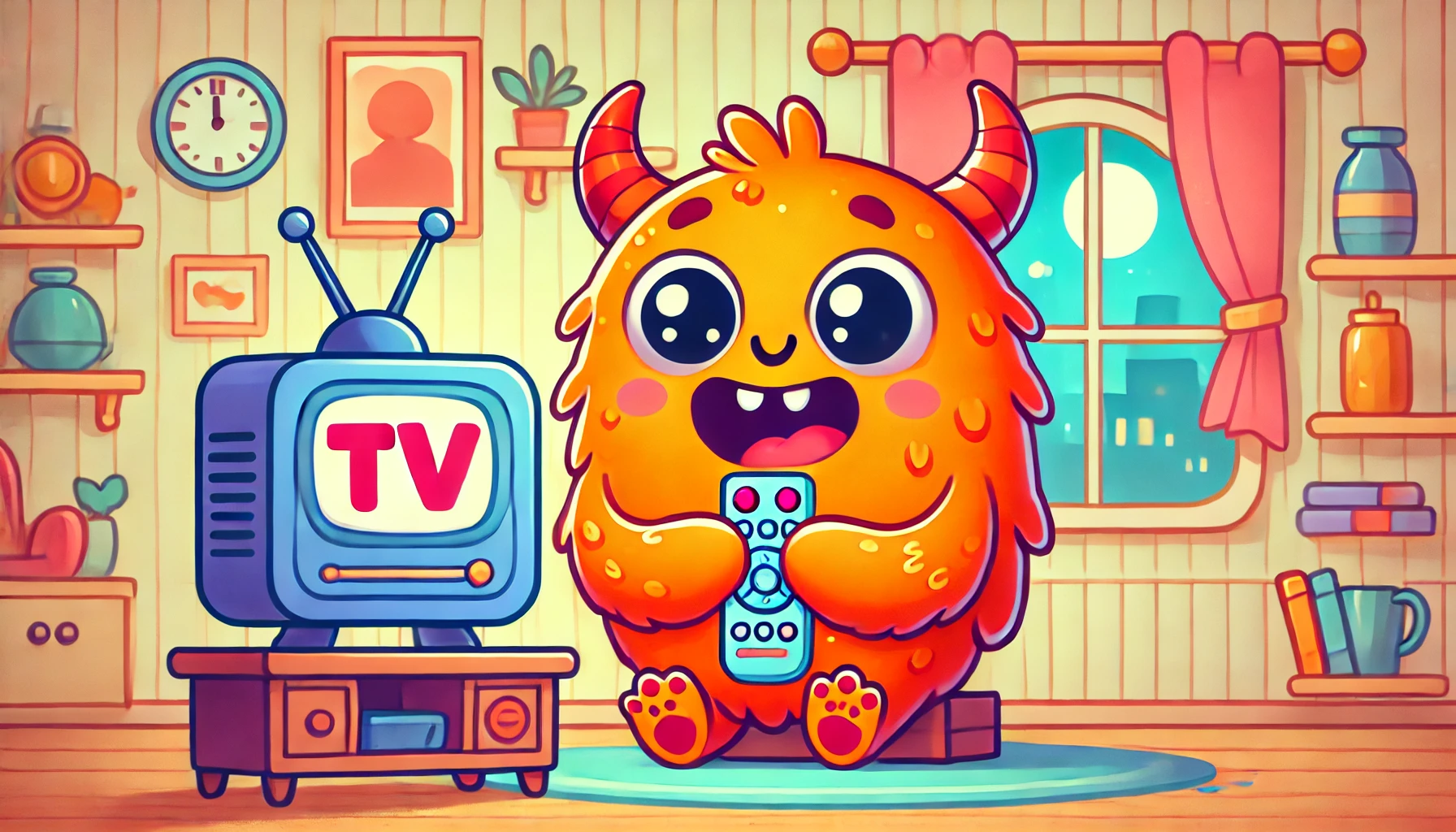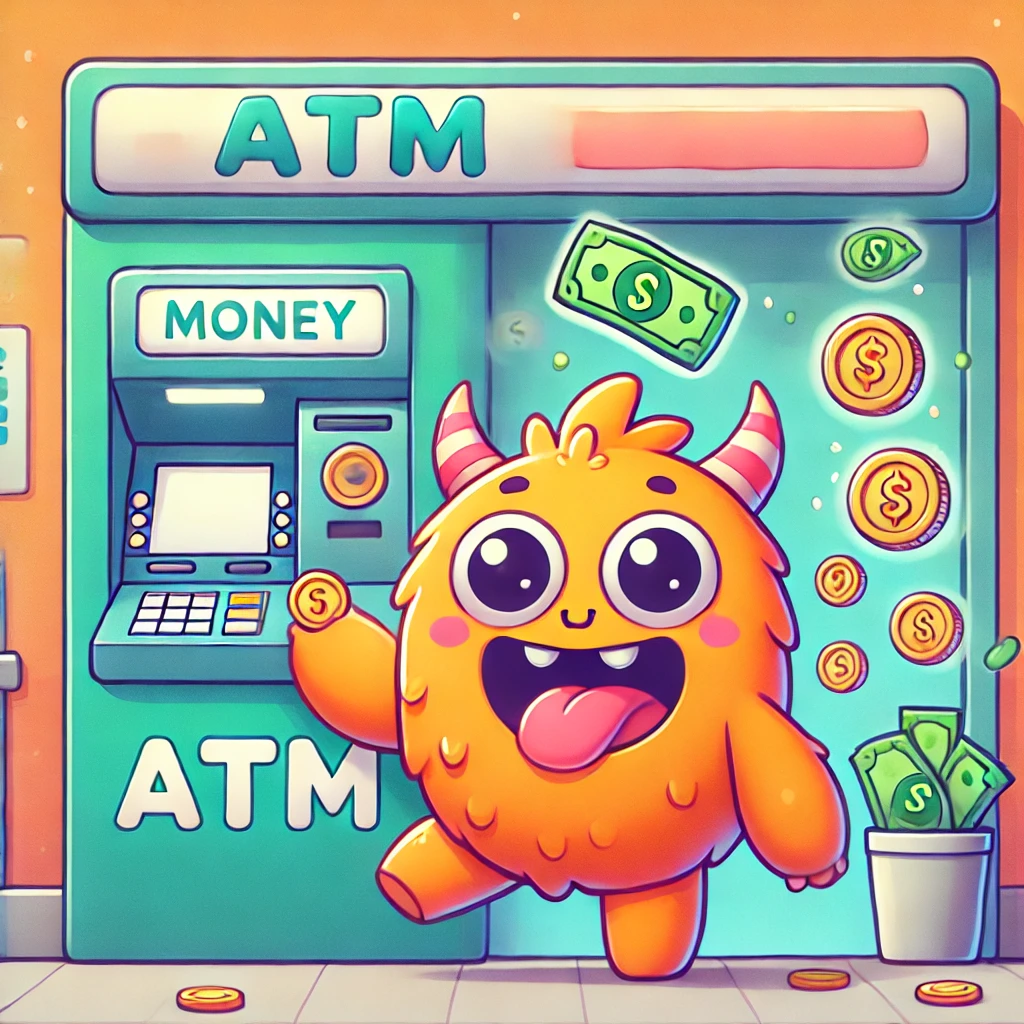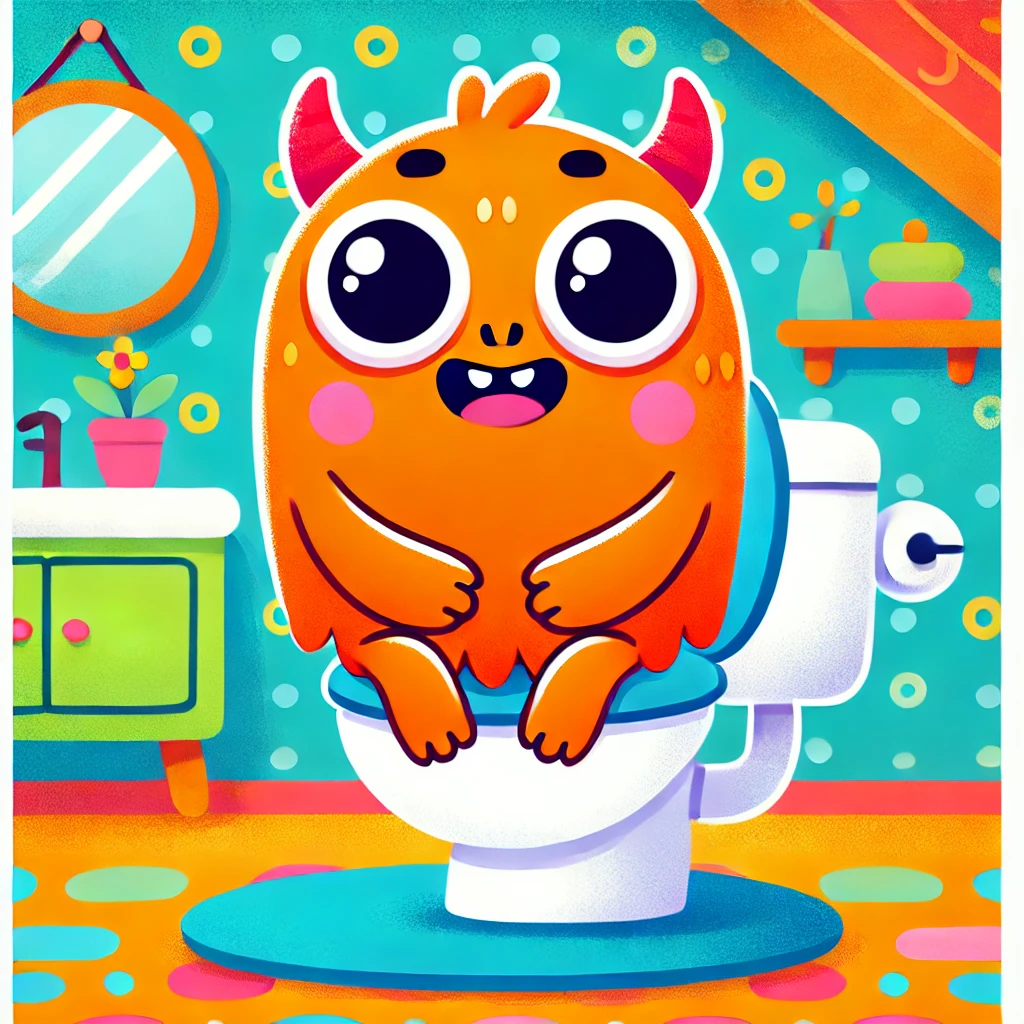
The Odds of Your Favorite Canceled TV Show Getting Revived
In today’s TV landscape, canceling a show doesn’t necessarily mean the end. With the rise of streaming services and vocal fan campaigns, many canceled shows are finding new life. But what are the real chances of your favorite show being revived? Here’s what the data says.
Fan Power: How Fandom Drives Revivals
One of the strongest factors driving show revivals is fan demand. Data shows that fan campaigns, social media trends, and crowdfunding have played significant roles in revivals. For instance:
- “Veronica Mars”: Canceled in 2007, fans crowdfunded over $5.7 million on Kickstarter to bring the show back, leading to both a movie and a Hulu revival!
- “Lucifer”: After being canceled by Fox, a fan-led #SaveLucifer campaign led to its acquisition by Netflix, where it went on to become a global hit, releasing three additional seasons.
Platforms like Netflix, Hulu, and Amazon often gauge interest in canceled shows based on streaming statistics and fan interactions across social media. Netflix’s acquisition of “Lucifer” is a prime example where streaming numbers and social media engagement played a key role.
Streaming Performance: The Data Behind Second Chances
Streaming platforms have emerged as the new homes for many canceled shows. Shows that perform well in reruns or see a surge in viewership after being uploaded to a streaming platform often catch the attention of producers and executives. Here’s some notable data:
- “Lucifer”: After its cancellation by Fox, the show was streaming as one of the top 10 shows on Netflix at the time, which led to its eventual revival.
- “Manifest”: Canceled by NBC, but Netflix revived the series after it reached the number one spot on the platform and accumulated more than 4 million viewers in just a few weeks.
Streaming platforms heavily rely on analytics like completion rates, viewer retention, and social media engagement to decide if a canceled show should be revived.
Critical Acclaim and Awards
While fan demand is important, the likelihood of revival is also influenced by the show’s critical success and awards. Here’s a glimpse at how critically acclaimed shows fare:
- “Gilmore Girls”: Canceled in 2007, but its cult status and continued cultural relevance led to Netflix reviving the show nearly a decade later.
- “Twin Peaks”: Widely regarded as one of the most influential shows of its time, “Twin Peaks” returned after 25 years due to its critical legacy and devoted fan base.
Budget
One of the biggest obstacles to reviving a canceled show is cost. Shows with high production costs, large ensembles, or extensive special effects are less likely to return unless there’s a significant financial upside. Let’s look at a few examples:
- “American Born Chinese”: Despite its 94% approval on Rotten Tomatoes, the show’s high production costs led to its cancellation
- “Terra Nova”: A high-budget sci-fi show canceled due to production costs exceeding $4 million per episode.
For a revival to be feasible, producers need to balance the potential for profit with the cost of production. High-budget shows typically struggle unless they have a proven track record of profitability.
Visualizing the Data
Here’s a quick breakdown of the factors influencing show revivals:
| Factors | Impact | Examples |
| Fan Power | Crowdfunding campaigns, fan petitions, and social media trends can trigger a revival. | Veronica Mars, Lucifer |
| Streaming Performance | High viewership and engagement metrics on streaming platforms increase revival chances. | Manifest, Lucifer |
| Critical Acclaim | Awards and critical praise keep a show in the cultural conversation, improving chances. | Gilmore Girls, Twin Peaks |
| Production Costs | High-budget shows face a greater risk of not being revived unless they have a strong ROI. | American Born Chinese, Terra Nova |
The Bottom Line
The odds of your favorite canceled show being revived are a mix of factors: fan engagement, streaming numbers, critical acclaim, and production costs. The rise of streaming services has made it easier than ever for shows to return, but financial feasibility remains a key consideration.
If your show has a loyal fan base, strong streaming metrics, and manageable production costs, the chances of a revival are higher than ever. Keep an eye on social media campaigns and streaming performance—your favorite show might just make a comeback.



